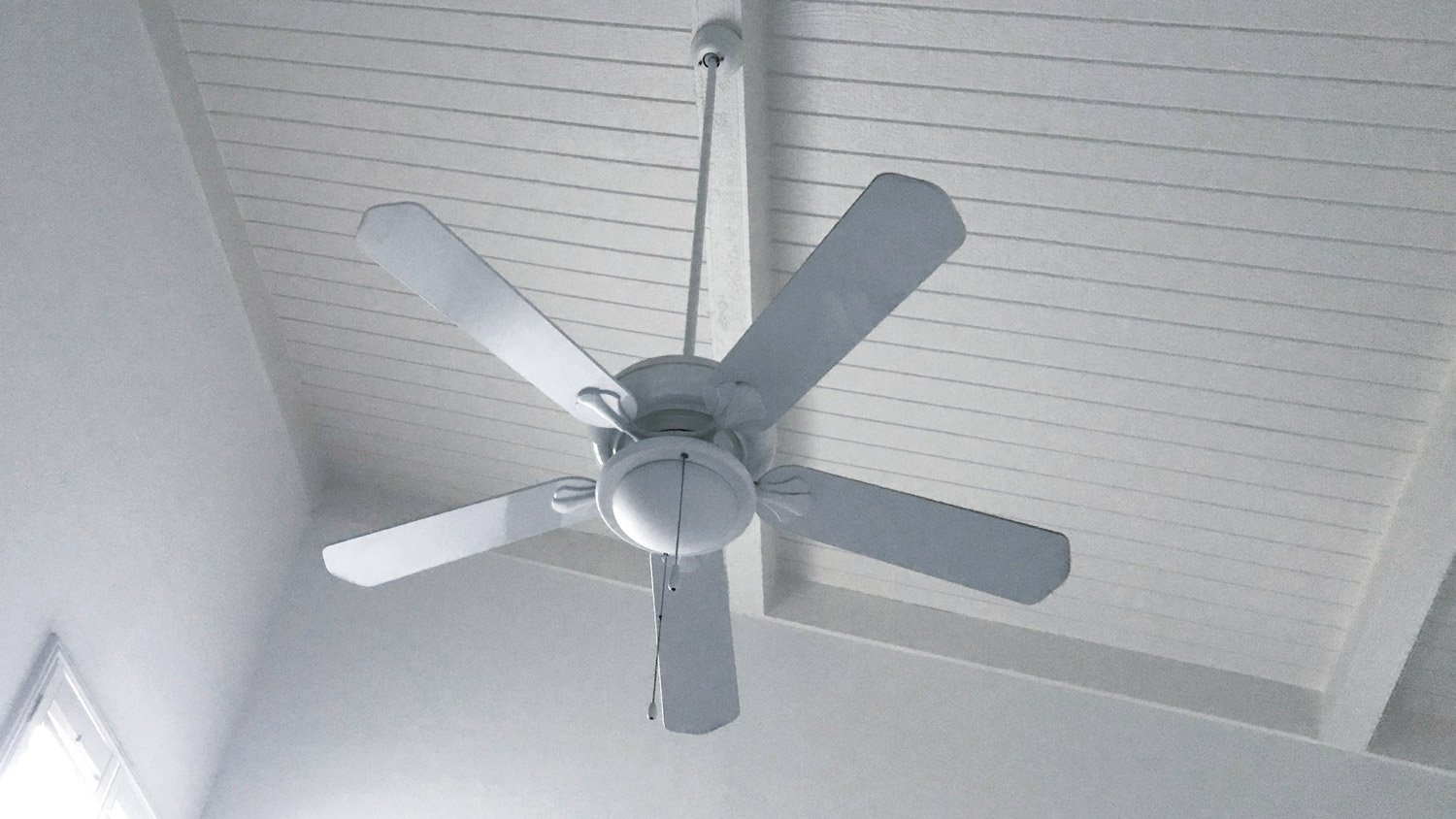
Get matched with top ceiling fan pros in Patton, MO
Enter your zip and get matched with up to 5 pros
Need a pro for your ceiling fan service project in Patton, MO?
Verified Reviews for Ceiling Fan Service pros in Patton, MO
*The Angi rating for Ceiling Fan Service companies in Patton, MO is a rating based on verified reviews from our community of homeowners who have used these pros to meet their Ceiling Fan Service needs.
*The HomeAdvisor rating for Ceiling Fan Service companies in Patton, MO is a rating based on verified reviews from our community of homeowners who have used these pros to meet their Ceiling Fan Service needs.
Last update on December 07, 2025
Find Ceiling fan pros in Patton

Matt's General Home Improvements
Matt's General Home Improvements
We are a locally owned and operated company that values honesty and integrity in all aspects of our business. Our dedicated team of professionals have over 10 years of hands on experience, to provide innovative ideas and suggestions tailored to your projects. Our services are customized to your individual needs, paying close attention to the details of each project that we are involved with. Please feel free to contact us today!
"Professional and cost conscious. Very efficient and kept in touch about timeline. Great with communication when doing bid and during project. Highly recommend."
Lou J on March 2025
We are a locally owned and operated company that values honesty and integrity in all aspects of our business. Our dedicated team of professionals have over 10 years of hands on experience, to provide innovative ideas and suggestions tailored to your projects. Our services are customized to your individual needs, paying close attention to the details of each project that we are involved with. Please feel free to contact us today!
"Professional and cost conscious. Very efficient and kept in touch about timeline. Great with communication when doing bid and during project. Highly recommend."
Lou J on March 2025
ALL-N-ALL CONSTRUCTION, LLC
ALL-N-ALL CONSTRUCTION, LLC
Construction, remodeling, repairs as many people as needed, cash, check, money order and can accept cards for fee
Construction, remodeling, repairs as many people as needed, cash, check, money order and can accept cards for fee
Taylor engineering and construction inc.
Taylor engineering and construction inc.
We are a family owned and managed business that does engineering and technology design and development for the.automotive industry and construction industry if you can dream it we can build it we take pride in our quality workmanship and attention to detail.
We are a family owned and managed business that does engineering and technology design and development for the.automotive industry and construction industry if you can dream it we can build it we take pride in our quality workmanship and attention to detail.
Hicks Roofing and Construction
Hicks Roofing and Construction
Our company is equipped with the ability to fit the requirements that you need.
Our company is equipped with the ability to fit the requirements that you need.
Call The All In One Construction Co
Call The All In One Construction Co
I have 35 years experience in construction I have performed all phases of construction im a 4th generation contractor I have 4 employees
I have 35 years experience in construction I have performed all phases of construction im a 4th generation contractor I have 4 employees
Nunezotw
Nunezotw
From the grown up my crew and I will make your visions come rue
From the grown up my crew and I will make your visions come rue

Assured Building Products LLC.
Assured Building Products LLC.
Our company provides great customer service with quality products at a competitive price.
Our company provides great customer service with quality products at a competitive price.

HighTech Service
HighTech Service
Licensed and Insured. Expert Service. Military and Senior Discounts. Clean and Professional. Emergency Service Available. Quality Assurance Program. Small Business. Local Family Owned.
Licensed and Insured. Expert Service. Military and Senior Discounts. Clean and Professional. Emergency Service Available. Quality Assurance Program. Small Business. Local Family Owned.
The Patton, MO homeowners’ guide to ceiling fan services
From average costs to expert advice, get all the answers you need to get your job done.

If your ceiling fan stops working due to a bad motor or broken pull chain, here’s what you can expect to pay to get it fixed.
 •
•Discover the cost to install a ceiling fan, including labor, materials, and tips to save. Learn what impacts your price and how to budget for your project.

If your ceiling fan isn’t spinning, the problem could be something as straightforward as a stuck switch or a blocked blade. In more rare cases, it might point to a deeper issue inside the fan.

With the right size, ceiling fans are an energy-efficient way to cool a room. Use this ceiling fan size guide to find the perfect model for your space.

Although the risk is low, there are a few telltale signs that a ceiling fan will fall off your ceiling. This guide explains when to worry (and when not to).

Most ceiling fans should be reasonably quiet most of the time. Learn why your ceiling fan is making noise and how you can fix these common problems
- Marble Hill, MO Ceiling fan pros
- Fredericktown, MO Ceiling fan pros
- Perryville, MO Ceiling fan pros
- Oak Ridge, MO Ceiling fan pros
- Jackson, MO Ceiling fan pros
- Advance, MO Ceiling fan pros
- Cape Girardeau, MO Ceiling fan pros
- Chaffee, MO Ceiling fan pros
- Greenville, MO Ceiling fan pros
- Wappapello, MO Ceiling fan pros
- Patterson, MO Ceiling fan pros
- Farmington, MO Ceiling fan pros
- Oran, MO Ceiling fan pros
- Puxico, MO Ceiling fan pros
- Scott City, MO Ceiling fan pros
- Arcadia, MO Ceiling fan pros
- Ironton, MO Ceiling fan pros
- Pilot Knob, MO Ceiling fan pros
- Benton, MO Ceiling fan pros
- Bloomfield, MO Ceiling fan pros
- Chester, IL Ceiling fan pros
- Sainte Genevieve, MO Ceiling fan pros
- Piedmont, MO Ceiling fan pros
- Desloge, MO Ceiling fan pros
- Bismarck, MO Ceiling fan pros
- Park Hills, MO Ceiling fan pros
- Leadwood, MO Ceiling fan pros
- Valles Mines, MO Ceiling fan pros
- Dexter, MO Ceiling fan pros
- Jonesboro, IL Ceiling fan pros



